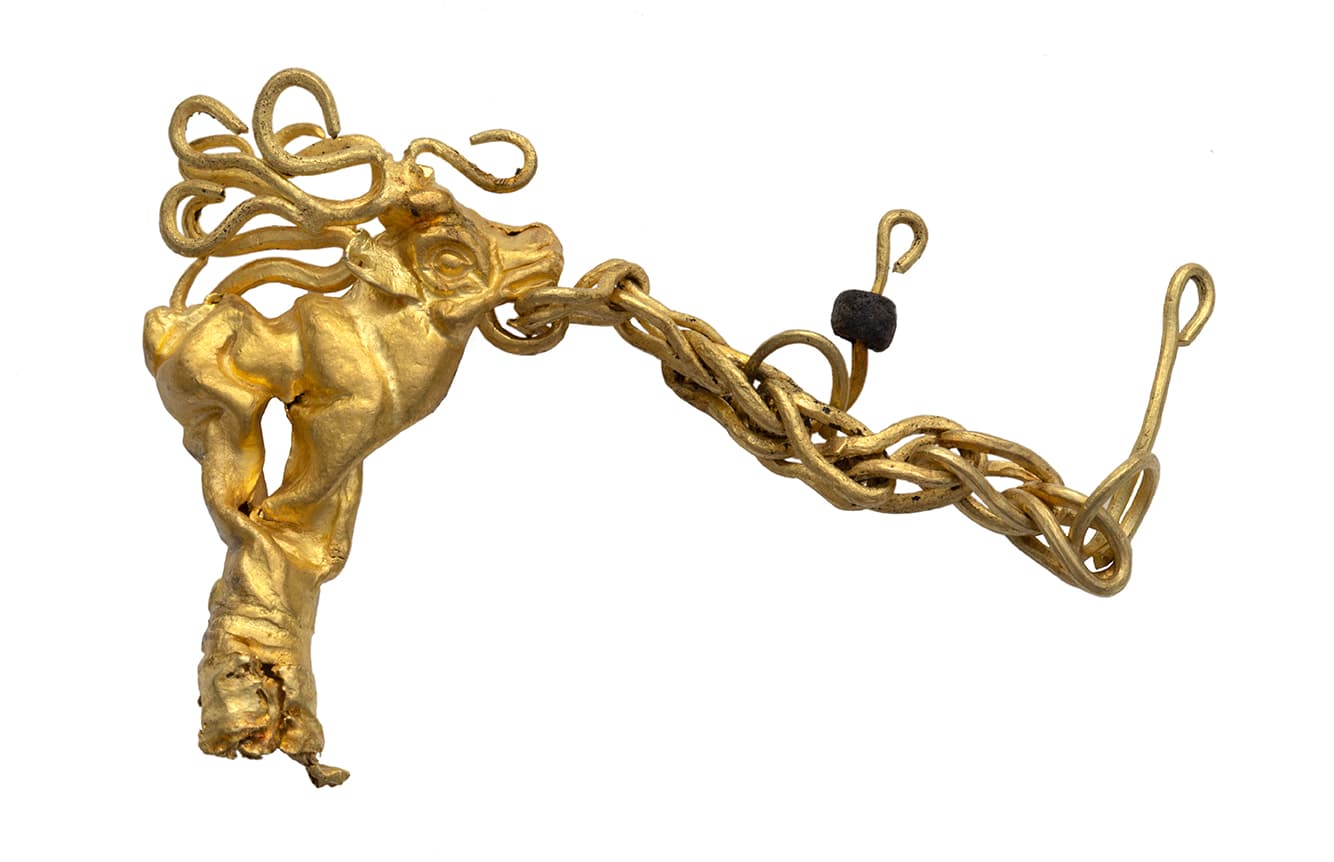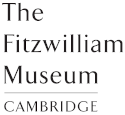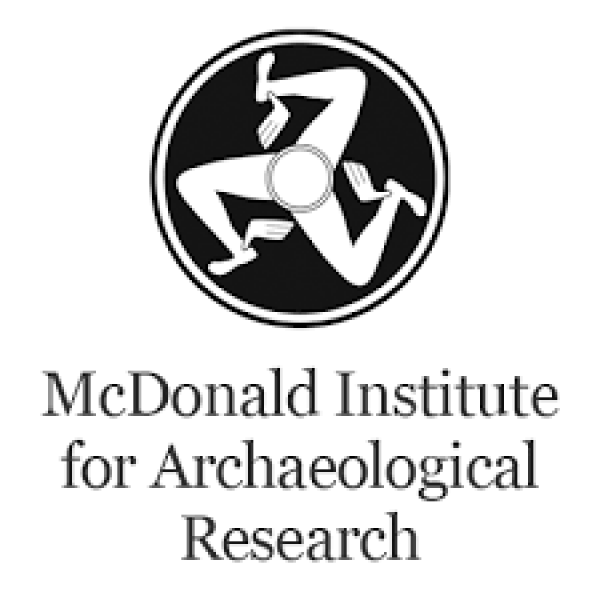
Stag on tiptoes with chain and fastening loop. Gold and precious stones. Eleke Sazy, Group VI, Great Earthen Mound ‘Patsha’. 6th – 5th centuries BCE.
Gold of The Great Steppe (28 September 2021 – 30 January 2022) will display an archaeological sensation, hundreds of outstanding gold artefacts recently discovered in the extraordinary ancient burial mounds built by the Saka people of East Kazakhstan.
The Saka culture of Central Asia, flourishing from the 8th-3rd centuries BCE, was one of the earliest expressions of the Scythian world that dominated the Eurasian steppe zone from the Black Sea to Siberia. Located in the Altai mountain system, the Saka of East Kazakhstan were a vibrant society who occupied a landscape of wide open skies, rolling plains, winding rivers and soaring mountains.
The spectacular artefacts were unearthed during an ongoing excavation by archaeologists in the East Kazakhstan region, many of the discoveries were unearthed during the pandemic, and represent the resilience and determination of Kazakhstani archaeologists to protect and document their heritage, which is under threat from looting and degradation due to climate change.
This exhibition will place archaeological finds discovered in the last three years by Kazakh archaeologists on a global stage for the first time, amplifying voices that often go unheard in museums in the west and giving UK audiences a unique opportunity to discover the rich cultural history of this part of the world.


